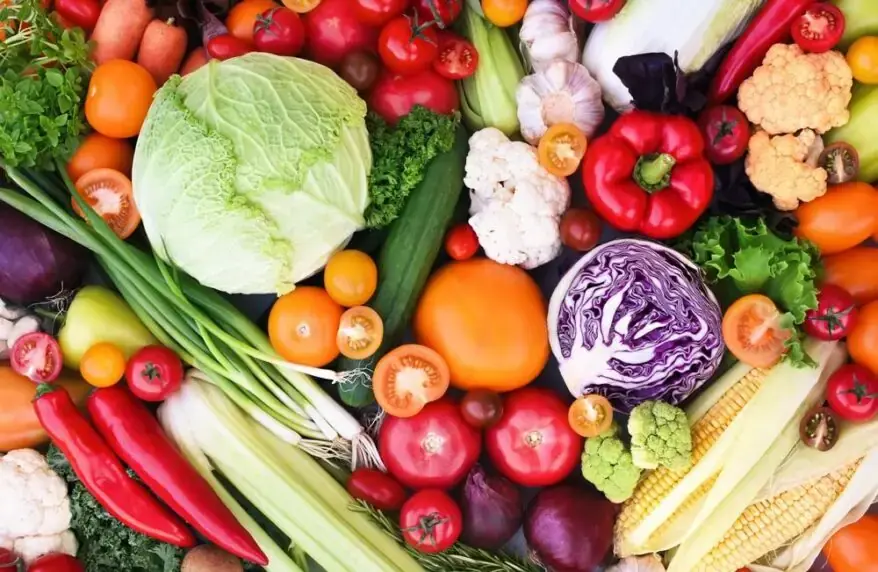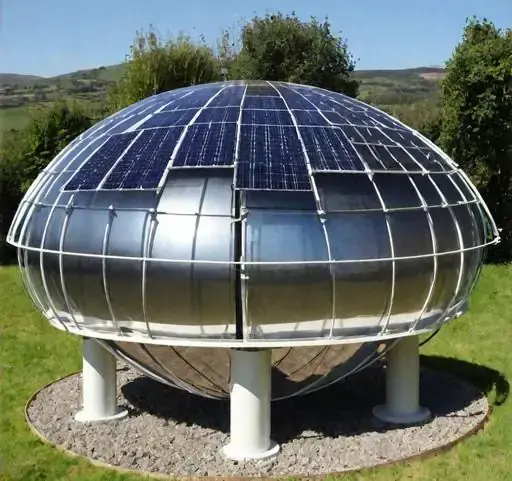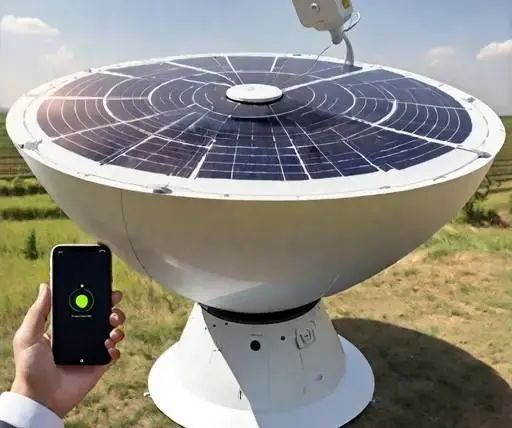A New design for Agriculture : Solar Dryer
Agricultural produce can spoil quickly. In India, solar dryers damage around 10% of harvested crops. This comes to around 15 million tons of food grains each year. Preserving such agricultural produce by drying reduces wastage and allows storage of food needed. Drying makes produce lighter and smaller with value addition. Drying is the most established and oldest method of improving shelf life .
The drying process reduces the moisture content of food to a lower level, which prevents the deterioration of food caused by molds, yeasts, bacteria, and enzymes .

The process requires a large amount of land and also takes a significant amount of time. Moreover, people must work very hard because the process demands careful attention at every step.
With agricultural and industrial development, mechanical drying using heat sources from fossil fuels came into practice. However, these mechanical drying systems consume a lot of energy and are highly expensive. As a result, this significantly increases the cost of production.
On the other hand, sun drying is a cheaper and simpler method. Nevertheless, it can take two to three weeks to complete. During this process, the food remains exposed to sunlight for an extended period. Consequently, it loses some of its nutrients, which affects its overall quality.
Transition from Open-Air to Solar Drying
People are gradually shifting from open-air drying to solar drying. This transition is mainly because new and improved technology has made solar drying a more viable option.
Solar drying is a method that efficiently utilizes the sun’s energy to dry various items, such as food and clothes.
More specifically, the solar drying system harnesses solar energy to heat air and dry agricultural produce.
Currently, solar dryers available in the market are mostly cuboid (Cabinet) in shape. They feature a transparent top face that slopes in a due south direction, which is essential for proper installation in the northern hemisphere. Consequently, this design requires proper insulation on five sides, except for the top transparent surface.
However, the cuboid shape presents several limitations. Most importantly, it restricts the use of solar radiation during the morning and evening hours. Additionally, in this design, multiple spots along the top edge remove air, causing air circulation to vary across the drying area. As a result, it becomes difficult to control factors like air exchange, temperature, and humidity.
Furthermore, the inside drying area of cuboid dryers is smaller than that of hemispherical dryers for the same outside surface area, making hemispherical designs a more efficient alternative.
Limitations of Solar Dryer
The limitations of cuboid-shaped dryers have increased the demand for modular hemispherical dryers that enable drying, heating, and pest control through physical disinfection. The advantages of a modular hemispherical:
- It maintains proper air change and monitors temperature and relative humidity for effective drying.
- It preserves nutritive content, aroma, flavour, and aesthetics (colour) of food without exposure to ultraviolet rays.
- It utilizes morning and evening solar radiation.
- Handheld devices like smartphones can operate it using the Internet of Things (IoT).

Major production hub and related stakeholders of the agricultural produce/industry in India:
- Grapes – Maharashtra, Karnataka
- Banana – Maharashtra, Andhra Pradesh, Bihar, Tamilnadu, Gujrat, Karnataka
- Spices – Northeast part of India
- Onion – Maharashtra, Madhya Pradesh, Karnataka, Gujrat
- Potato – Uttar Pradesh, West Bengal, Bihar, Gujarat
- Mangoes – Uttar Pradesh, Andhra Pradesh, Bihar, Tamilnadu, Gujrat
A short note on the proposed design of Solar Dryer
A new modular design has been proposed, which offers several advantages over traditional models. Notably, it allows for drying without losing essential qualities such as nutrients, aroma, flavor, or appearance.
Furthermore, this innovative design significantly increases the available space inside the drying chamber, making it more efficient for large-scale drying. Additionally, insulation requirements are considerably lower compared to commercially available dryers, which helps in reducing energy consumption and overall costs.
Moreover, the hemispherical shape is highly effective in capturing solar radiation during the morning and evening hours. As a result, it efficiently converts sunlight into heat energy, further enhancing the drying process.
The proposed design can be utilized in two different modes, as outlined below:
- For drying and physical disinfection of ingredients having less moisture content after post-harvest, like pulses, dry fruits, and cereals.
- For drying agricultural produce of more water content like fresh fruits and vegetables like grapes and onion.
In the first mode of operation of the dryer, if the air change rate is minimal, then the temperature inside the drying chamber can reach 70 to 80 degrees Celsius. As a result, farmers can take advantage of these conditions to produce value-added products. For instance, they can use this method to prepare items such as mango and mix pickles, gulkand, and hair oil that is enriched with Ayurvedic medicinal plant ingredients.
Modes of Drying
Salted ground nuts, almonds, and cashews can be dried and physically disinfected after harvest. This process works well for ingredients with low moisture. It involves optimizing air flow to reach a temperature between 50 to 60 degrees Celsius. This method is suitable for pulses, dry fruits, and cereals. In the second mode of drying agricultural produce with more water content, like fresh fruits and vegetables like grapes, onions, etc., air change upon heating and dying the produce in the drying chamber is a vital parameter. The temperature and humidity in the drying chamber are regulated. This regulation involves sensors. These sensors track temperature and humidity. This air change is achieved by a blower installed at the top point of the hemispherical solar dryer.

The controller records time, temperature, and humidity inside the dryer and maps such parameters to the user device. The user device is configured to receive real-time updates from the controller regarding drying process notifications related to temperature, humidity, and drying duration. Air change is a vital controlling parameter, which is possible with this innovative design of the hemispherical shape. Hot and humid air ascends and accumulates at the top end of the solar dryer. From this area, it is easy to remove with intermittent operation of the blower.
The controller regulates the operation of the blower motor of the air change mechanism using a humidity sensor and temperature sensor.
Location-specific importance
Typically, solar energy levels in India range from 4 to 7 kilowatt-hours per square meter per day on sunny days. Because of this, the invention effectively utilizes direct sunlight to maximize efficiency.
Moreover, India is a leading producer and supplier of various agricultural products. Given this, almost every region in the country is well-suited for initiating the planned project. Additionally, the excess seasonal production of mangoes, onions, bananas, grapes, tomatoes, and vegetables creates a strong need for solar dryers.
Since these products spoil quickly, they require immediate processing to enhance their longevity and make them suitable for export. Consequently, using solar drying technology helps reduce wastage while boosting the agricultural sector’s efficiency.
References:
- Prakash, O., Kumar, A., & Sharaf-Eldeen, Y. I. (2016). Review on Indian solar drying status. Current Sustainable/Renewable Energy Reports, 3(3–4), 113–120. https://doi.org/10.1007/s40518-016-0058-9
- Ali, Javed & Rani, Poonam. (2015). Overview of grain drying and storage problems in India, Int J Eng Res Gen Sci. 2015;3(5):674–78.
- Wang, J., Mujumdar, A. S., Mu, W., Feng, J., Zhang, X., Qian, Z., Fang, X., Gao, Z., & Xiao, H. (2016). Grape drying: current status and future trends. In InTech eBooks. https://doi.org/10.5772/64662
- Esmaiili M, Sotudeh-Gharebagh R, Cronin K, Mousavi MAE, Rezazadeh G. (2007). Grape drying: a review. Food Reviews International, 23(3), 257– 280.
Additionally, to stay updated with the latest developments in STEM research, visit ENTECH Online. Basically, this is our digital magazine for science, technology, engineering, and mathematics. Furthermore, at ENTECH Online, you’ll find a wealth of information.






